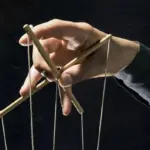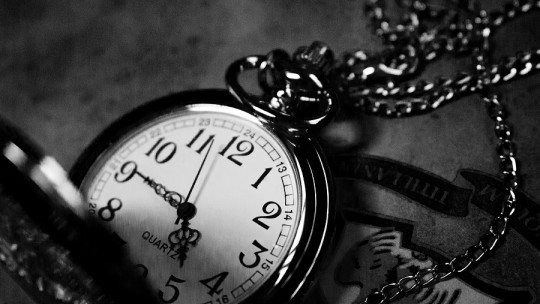
There are many stories created around the idea of perverse dolls, evil puppets and androids that threaten to end the human race So the feeling of discomfort that many people feel around them is more than justified.
However, when this discomfort turns into terror or exaggerated anxiety responses, we speak of automatonophobia. Throughout this article we will talk about this strange phobia, its causes and its treatment.
What is automatonophobia?
Of all the existing phobias, automatonophobia is perhaps one of the most curious, but at the same time one of the easiest to understand. This specific phobia consists of experiencing an exaggerated and irrational fear of anything that falsely symbolizes or personifies a sensitive being.
That is to say, The person feels great fear towards entities or objects, both animate and inanimate, that represent a living being These objects are usually dolls, mannequins, statues, etc.
When a person is faced with one of these objects, a great response of anxiety and anguish is generated in them, which can lead the person to avoid encountering one of these objects in question at all costs.
Symptoms
As in the rest of phobias, the exacerbated fear of all types of objects that simulate or represent some living being, especially those that simulate being people, cause a series of anxious symptoms in the person.
This symptomatology is distinguished because The individual manifests a large number of anxiety symptoms of a very accentuated intensity accompanied by a feeling of anguish and torment that is practically unbearable Despite this, very rarely does a person end up suffering a panic attack.
Due to the intensity of the symptoms, they are easily recognizable in the person, since the amount of changes and imbalances in physical functioning are highly visible.
These physical changes occur when the feared stimulus appears and include:
Regarding the cognitive and behavioral symptomatology of automatonophobia, This is related to irrational negative thoughts about the feared elements and the need to avoid them or escape from them
Avoidance behaviors are all those behaviors that the person carries out in order to avoid encountering these stimuli. While escape behaviors are all those acts that it performs to flee or escape from the feared situation.
In summary, the signs or manifestations that indicate that a person suffers from automatonophobia are:
Causes
It has been observed that cases of automatonophobia are much more frequent in children and adolescents than in adults. In most of these cases, the origin of the phobia is found in an unpleasant experience in relation to a horror movie or story that leaves a great impression. imprint on the child’s psyche.
It is hypothesized that the reason why these experiences intensify or become more profound in the child population is the great imagination characteristic of this stage, through which they are able to extrapolate the fear felt during the film to real life and when faced with the appearance of one of these objects.
However, the specific causes of this phobia in children and adults are still unknown. As for the adult population, it is theorized that exposure to threatening figures or symbols with traumatic consequences could give rise to this type of phobia.
Besides, The role that the brain has in this type of phobias has also been highlighted The idea is that he perceives this type of inanimate but human-looking objects as something disturbing and therefore dangerous.
What is certain is that, like the rest of phobias, automatonophobia can have its origin in a genetic predisposition, as well as in a series of personality traits that can make the person susceptible to developing some type of phobia. .
Diagnosis
There are a series of diagnostic guidelines when evaluating a person with possible automatonophobia. Although these patterns are more or less the same for all phobias, the central phobic stimulus changes from one to another.
These requirements for diagnosis are:
Treatment
Like the rest of specific phobias, the most effective treatment or intervention consists of psychotherapy. Specifically, the systematic desensitization provided by the cognitive-behavioral current is the one with the highest success rate.
This intervention consists of progressive exposure to the feared elements and accompanied by relaxation training to calm the anxiety response and accustom the patient to the presence of said stimulus.
In addition, cognitive therapy sessions are added in order to put an end to the irrational thoughts and beliefs that the person associates with all those objects that are the center of their phobia.








